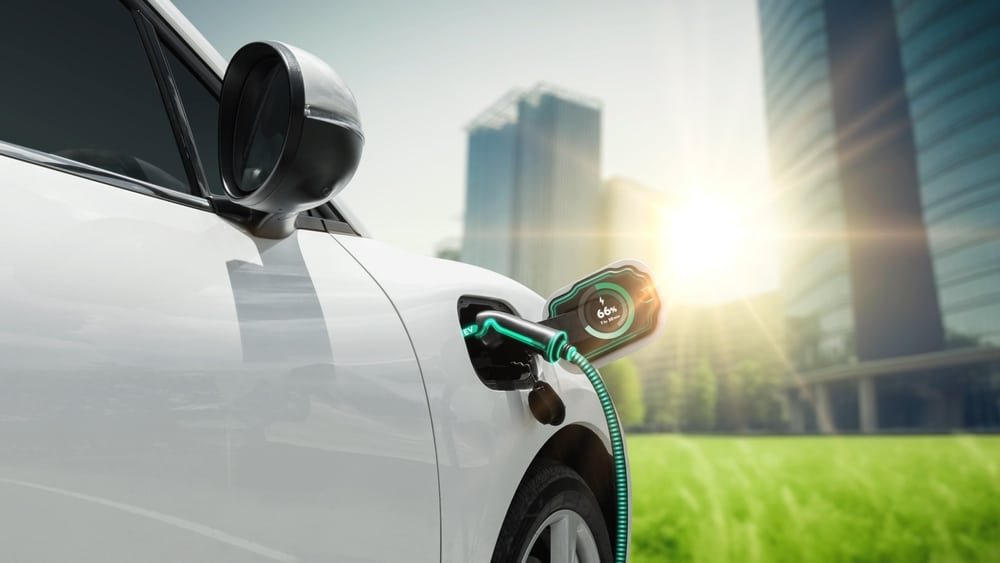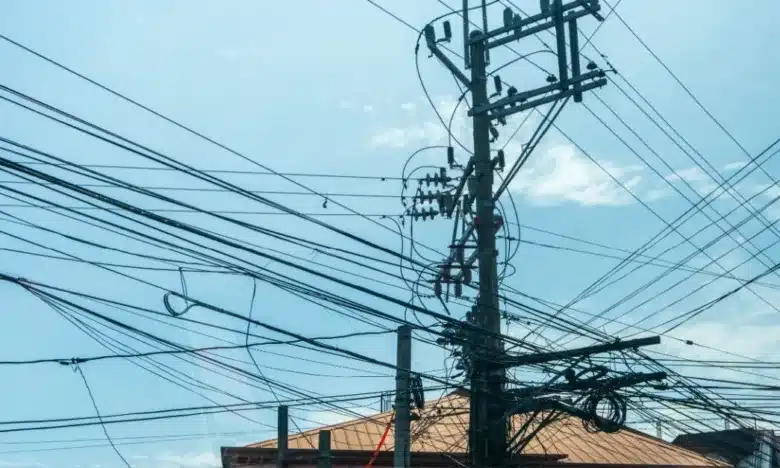
Electric Vehicles in the Philippines: EVIDA’s Key Provisions
- December 19, 2024
The Electric Vehicle Industry Development Act (EVIDA), or Republic Act No. 11697, is shaping the transportation sector in the Philippines by promoting electric vehicles (EVs) as a complementary solution to existing mobility and energy strategies. As shared in its General Provisions (Rule I, Section 2a) this law aims to reduce reliance on imported fuel—not to eradicate it. The EVIDA and its Implementing Rules and Regulations (IRR) support the country’s long-term goal of energy security, sufficiency, and stable prices, and still recognize the critical role of traditional energy sources.
The 5% Fleet Mandate
Under Rule V: Demand Generation and Industry Development, Section 20, one of EVIDA’s key provisions is the requirement for public and private entities, including utility providers, public transport operators, and fleet operators, to allocate at least 5% of their vehicles to EVs. Gradually introducing EVs into everyday operations, this mandate showcases their potential to supplement traditional vehicles rather than replace them entirely.
For instance, utility companies are encouraged to adopt EVs for maintenance and service fleets. This move familiarizes the public with EV technology and allows utility companies to integrate EVs into their operations gradually. To ease the transition, the law offers businesses a clear compliance timeline along with financial incentives, including tax breaks and reduced registration fees.
Building a Supportive Ecosystem
To achieve the successful integration of EVs, we need to establish a supportive ecosystem. As provided in Sections 21 and 22 of the EVIDA-IRR, Electric Vehicle Charging Stations (EVCS) shall be installed in strategic locations (malls, parking lots, commercial spaces). This infrastructure is designed to address range anxiety—a common barrier to EV adoption that refers to the fear or concern that an EV might not have enough battery charge to reach its destination or the nearest charging station. It also positions EVs as a viable choice for urban and rural modes of mobility.
BusinessWorld also shares that the Department of Transportation’s strategy includes pilot programs, such as green public transport routes promoted by the Department of Transportation, to promote EVs. These initiatives are also test cases of how EVs can be integrated into public transport systems in a way that is feasible and offers benefits to the overall system, without displacing traditional fuel-based systems.
To encourage participation, EVIDA offers various incentives, per Rule IV, Section 17, and Section 18. These include exemptions from the number coding scheme (Section 17), reduced registration fees (Section 18), and tax benefits for businesses involved in EV manufacturing and assembly (Section 18). These measures aim to attract investors and make EV adoption more appealing for consumers and fleet operators.
Public Awareness and Capacity Building
EVIDA also recognizes the importance of public awareness and education in accelerating EV adoption, as outlined in Rule VI, Section 23. The Implementing Rules and Regulations (IRR) outlines the need for campaigns that inform citizens about the benefits of EVs, such as lower operating costs, reduced air pollution, and their contribution to environmental sustainability. In accordance with Rule I, Section 2a of the EVIDA-IRR, EVs support energy security by reducing reliance on imported fuel and promoting the use of local energy resources.
Additionally, capacity-building programs for mechanics, engineers, and technicians are planned to ensure that the workforce can support the growing EV industry. These initiatives aim to create jobs and nurture a skilled labor pool, further integrating EVs into the country’s socio-economic space.
Balancing Tradition and Innovation
In Rule II, Section 2, the EVIDA-IRR underscores the importance of a diversified energy strategy. While EVs and renewable energy sources are promoted, the necessity of traditional energy sources like coal and natural gas is recognized. These baseload power sources are essential for maintaining a stable and reliable energy supply.
The Road Ahead for EVs in the Philippines
The DOE has provided comprehensive information about the CREVI, or the Comprehensive Roadmap for the Electric Vehicle Industry. This plan includes two scenarios:
- Business-as-Usual Scenario: This scenario anticipates a 10% electric vehicle (EV) fleet share—representing EVs as 10% of the total projected vehicle fleet—by the year 2040.
- Clean Energy Scenario: This more ambitious scenario targets a mandated transition where at least 50% of all vehicle fleets will consist of EVs by 2040.
These goals require continued infrastructure investment and policy refinement, as well as public and private sector collaboration.
EVIDA marks a significant milestone in modernizing transportation and integrating EVs into the broader mobility ecosystem while balancing innovation with the essential need for energy reliability. EVs are a key component of a complementary strategy that, alongside traditional energy systems, advances the nation’s economic and environmental goals.



